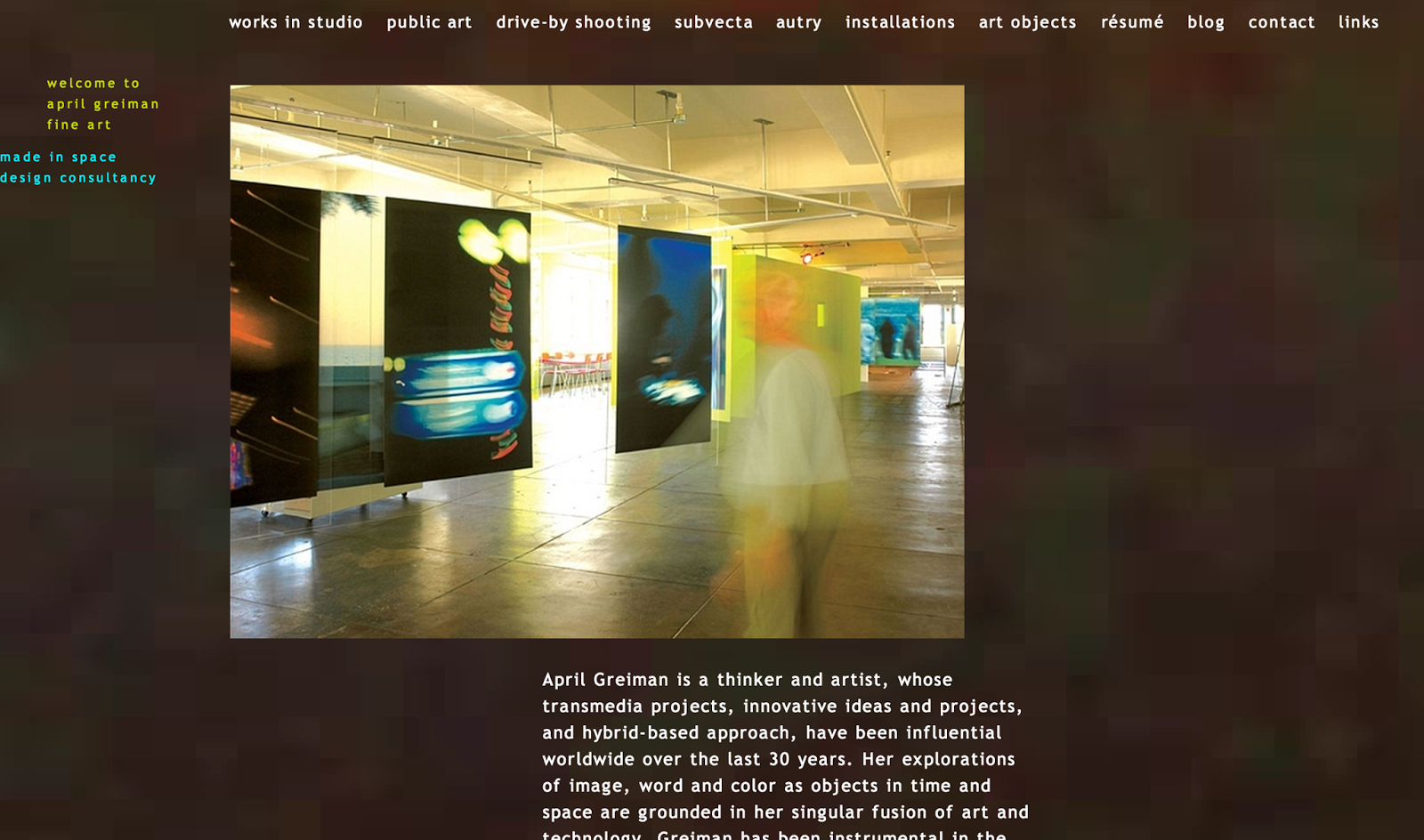This reading was very interesting, I've always had a spark of curiosity about typography and the origin of different fonts, so I really enjoyed this! Some of the terms I didn't know, but do now, are below with the definitions. While reading this, I was able to learn more than just what a sans serif and a serif typeface was. I was able to really dig deeper and learn more about every part of a letter. Seeing this has made me realize how much work and effort goes into the making of a font- let alone a single letter! Also, while I was doing this reading, I found a website that has all of these typography definitions and then some! It is also a really cool typography website in general.
http://www.typographydeconstructed.com/category/type-glossary/
Serif: the short strokes that finish off the major strokes of a letter form.
Bracket: the curving joint between the serif and the major stroke.
Baseline: the imaginary line defining the visual base of the letterform; all letterforms sit on the baseline.
Cap Height: the height of the uppercase in a font taken from the baseline to the top of the character.
X-Height: the height of the lowercase "x"; if you compare typefaces of the same point size they may not x-height.
Ascender: a stroke on a lowercase letter that rises above the x-height.
Descender: a stroke on a lowercase letter that falls below the baseline.
Apex: a point at the top of a character where two points meet.
Cross Bar: the horizontal stroke in letters; can be horizontal or sloped.
Vertex: the outside point at the bottom or top of a character where two strokes meet.
Final: a tapered or curved end.
Terminal: the end stroke that does not include a serif
Bowl: the rounded form that describes a counter; it may be open or closed.
Counter: the negative space within a letterform, either fully or partially closed.
Eye: much like a counter, the eye specifically refers to the enclosed area in the letter "e".
Barb: the half serif finish on some curved strokes such as the letter "C", "G", and "S".
Spur: a small projection off a main stroke.
Link: the stoke that connects the bowl and the loop.
Ear: a small stroke extending from the upper right side of the bowl of the lowercase "g".
Loop: the enclosed or partially enclosed counter below the baseline of a double story "g"; also seen in "p", "b", "l".
Tail: a descending stroke (often decorative); the back, last, lower, or inferior part of something.
Arm: the horizontal or upward sloping stroke that does not connect to a stroke or stem on one or both ends.
Crotch: an acute inside angle where two strokes meet.
Stem: the vertical, full-length stroke in upright characters.
Leg: the short, descending portion of a letter.


